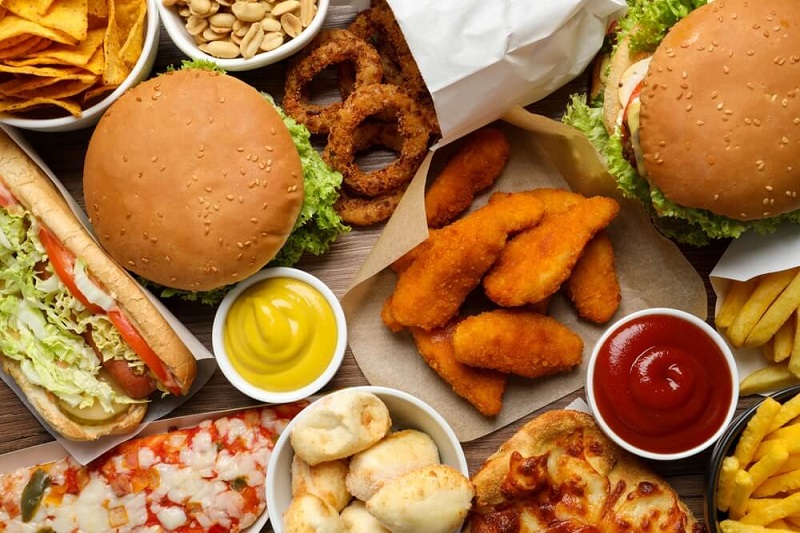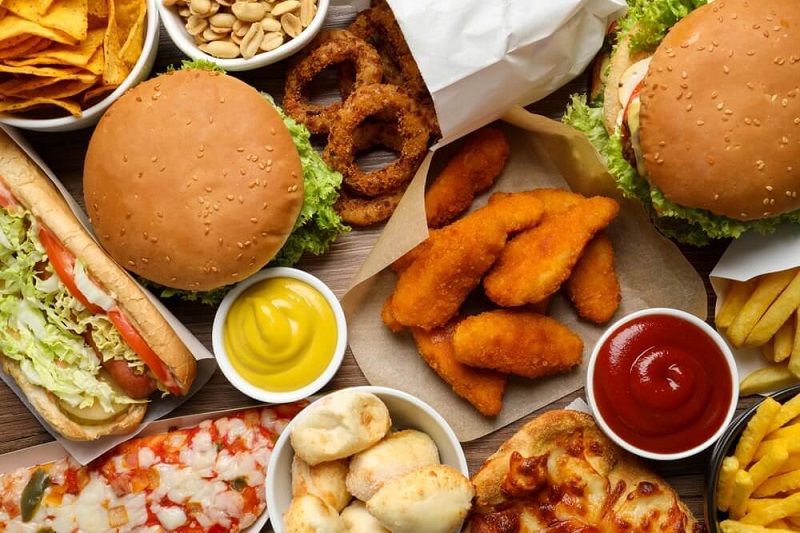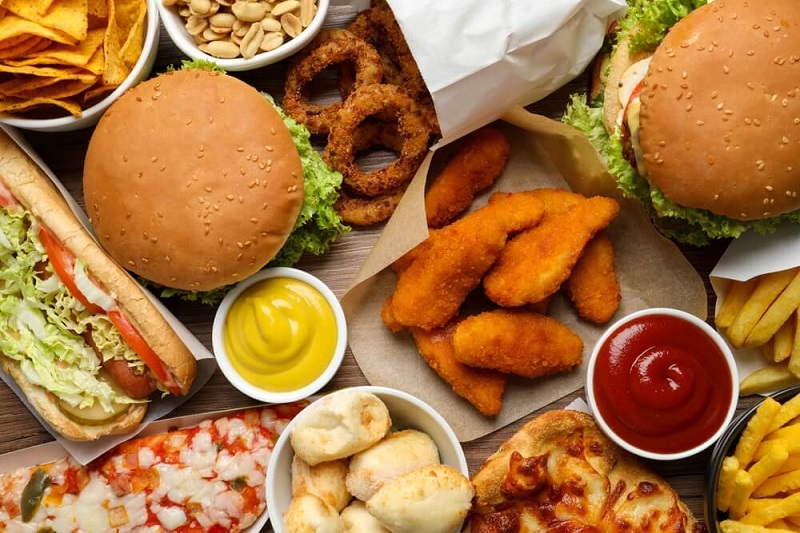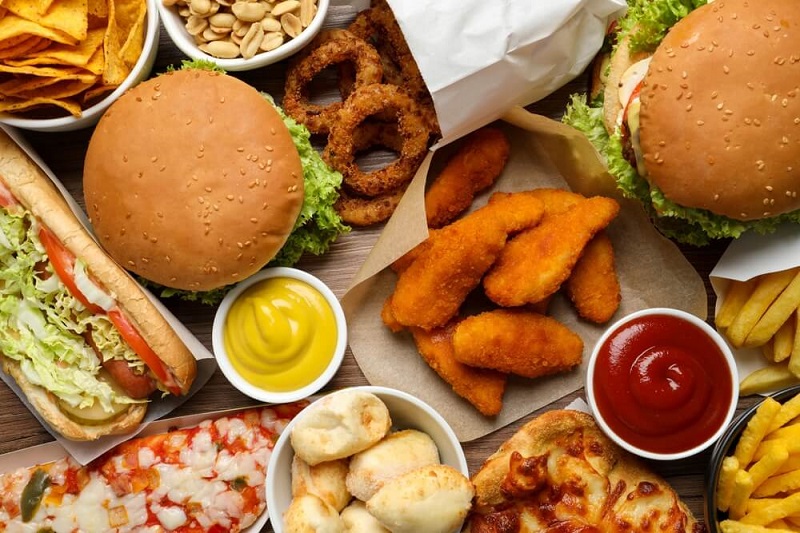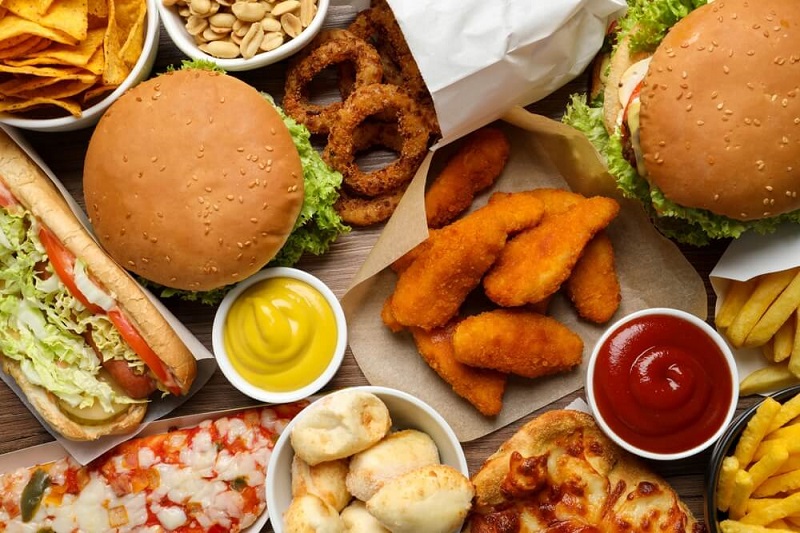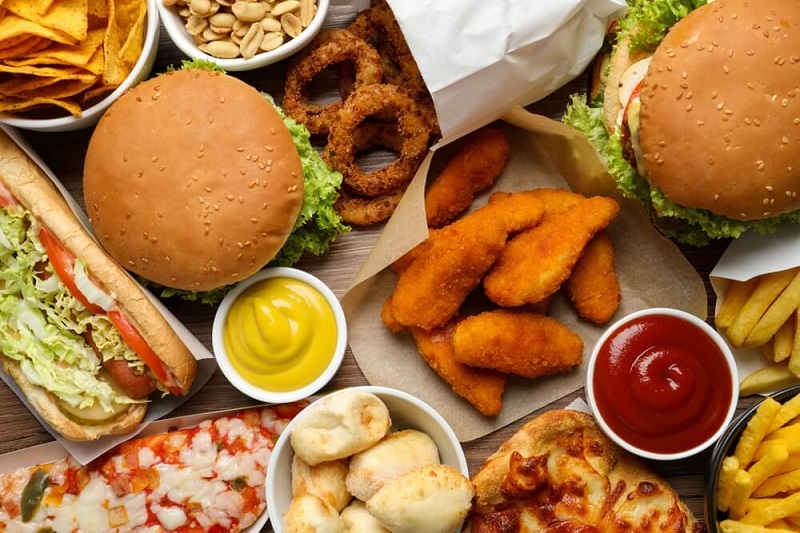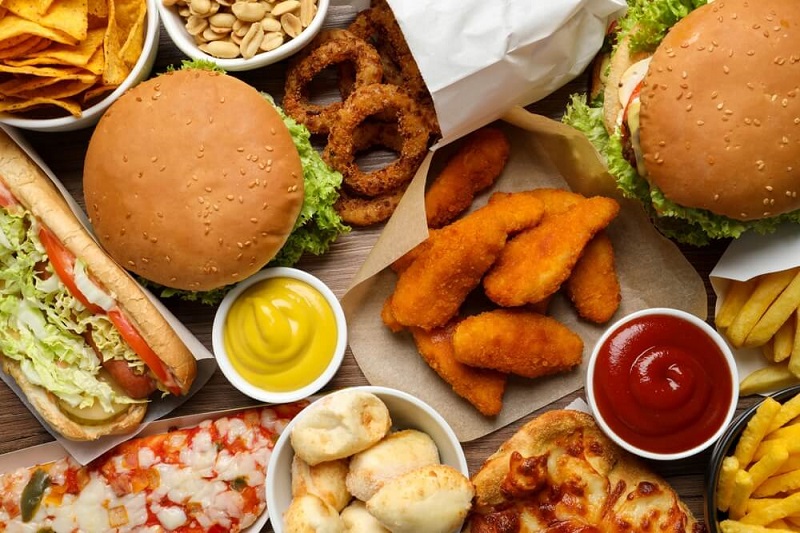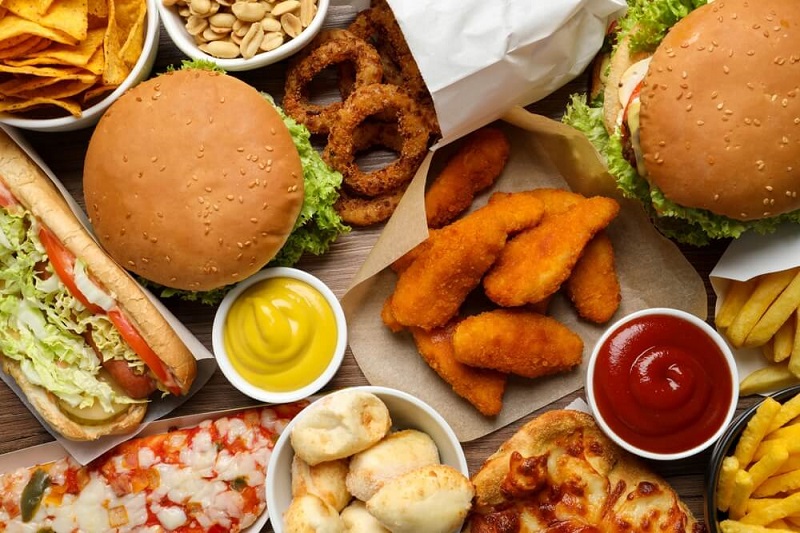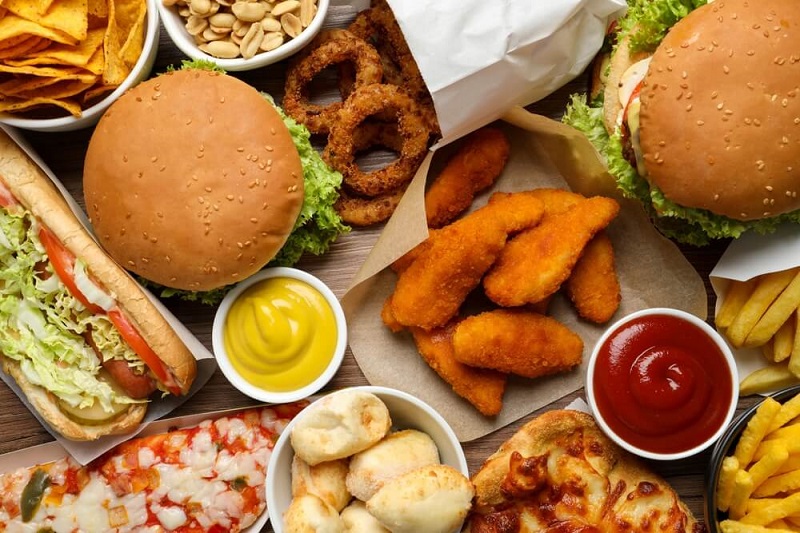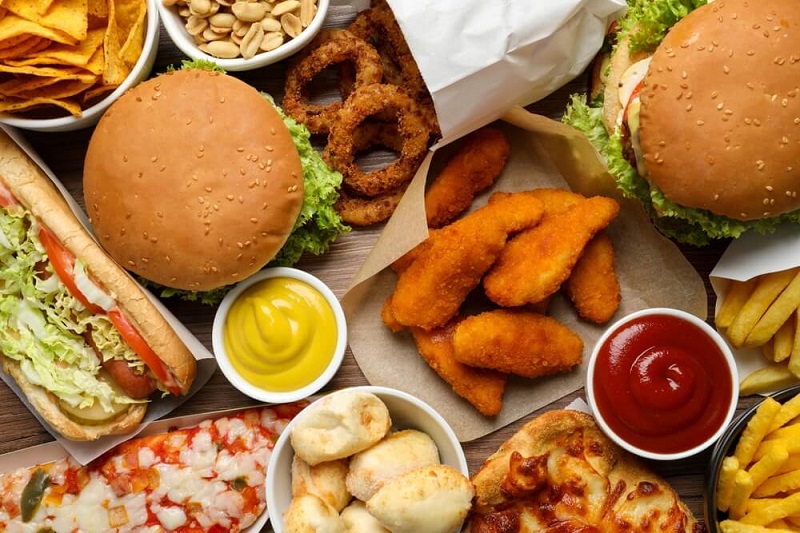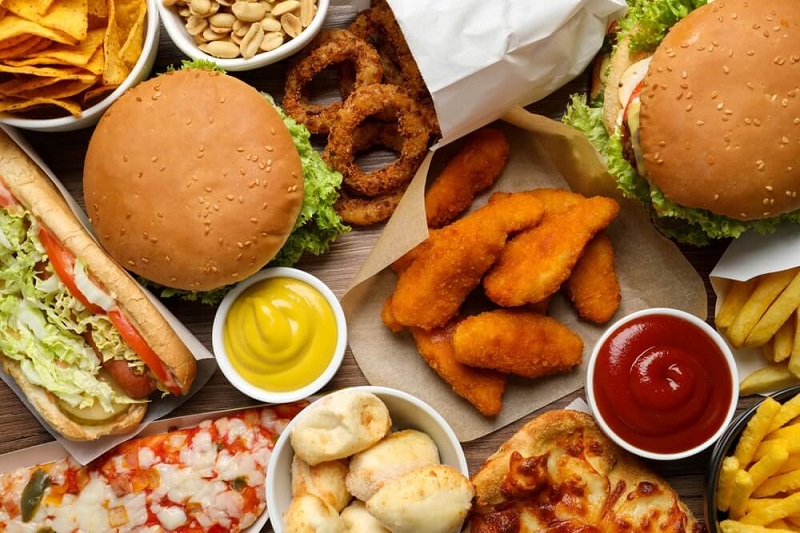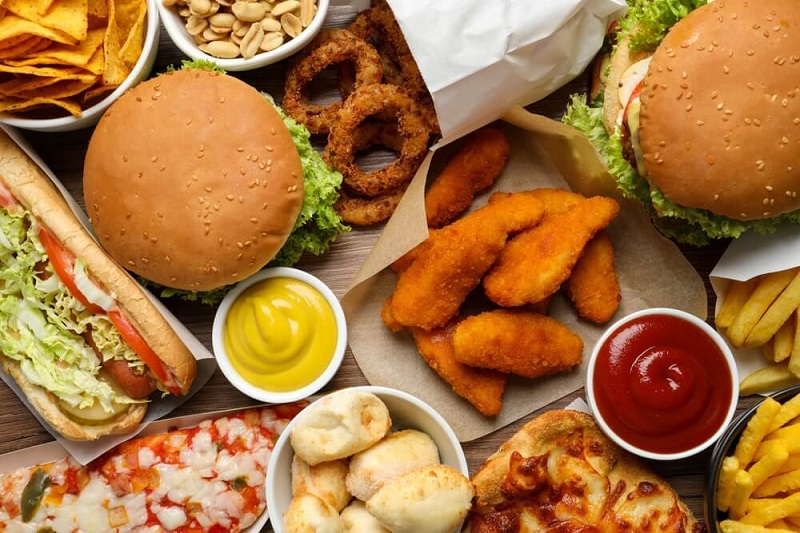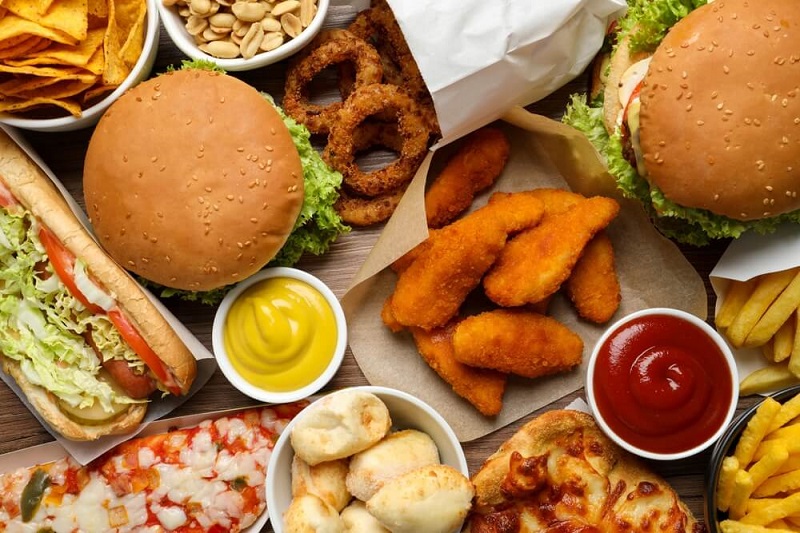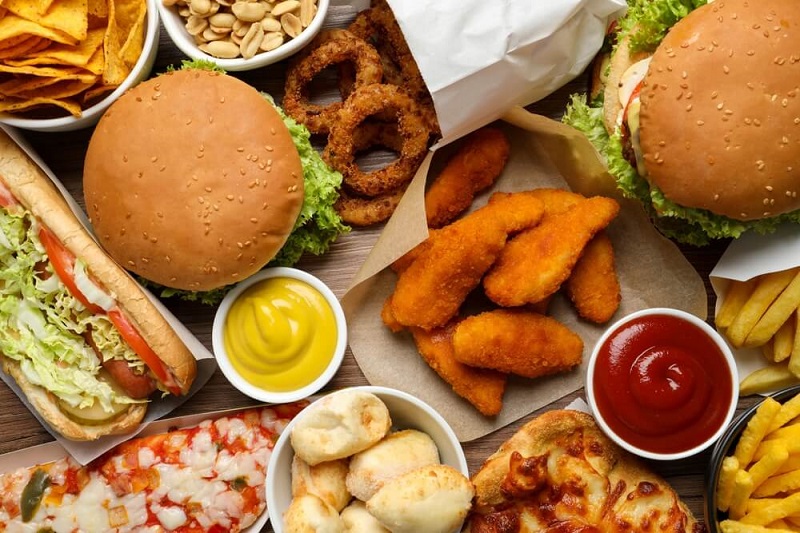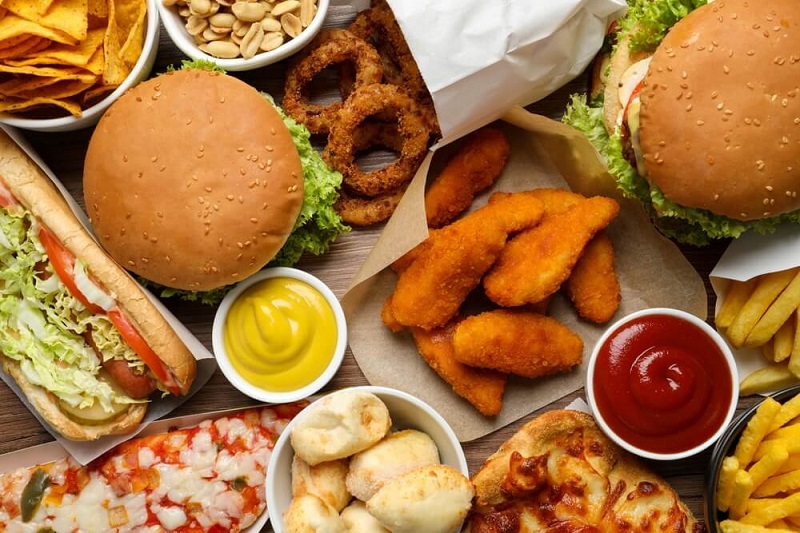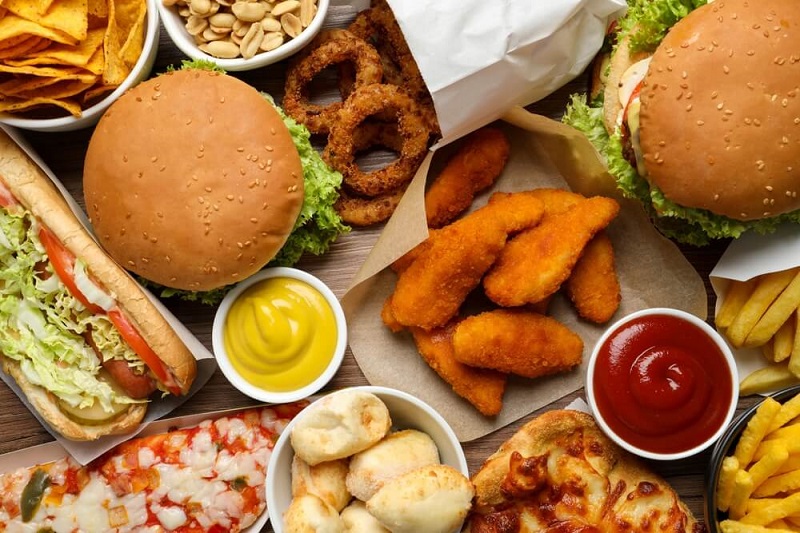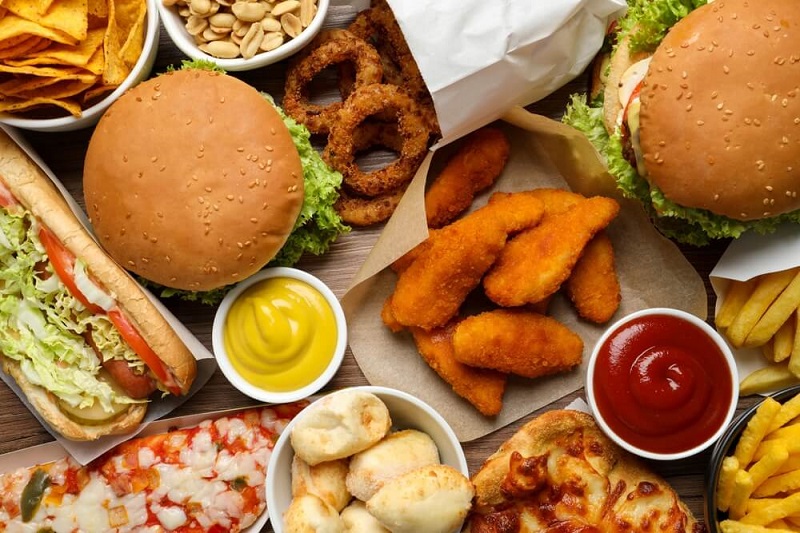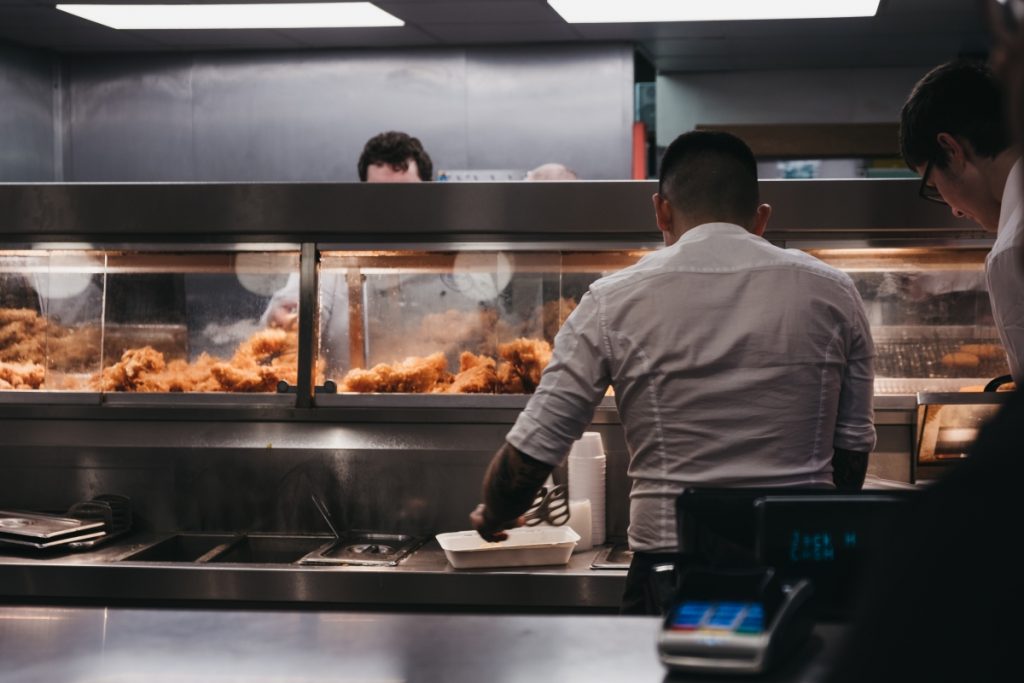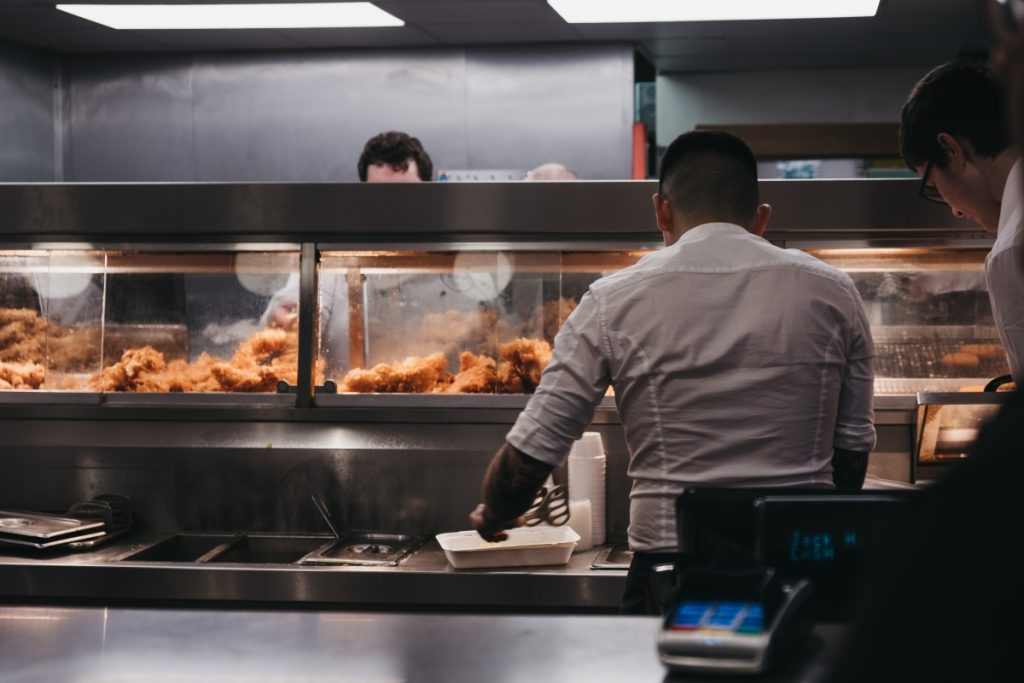Fast Food Shopping Center Insurance: Mall & Retail Park Coverage
Operating a fast food business in a shopping center or retail park presents unique opportunities and challenges. While these locations offer high foot traffic and established customer bases, they also introduce specific risks that require specialized insurance coverage. Fast food operators in mall and retail park environments face distinct exposures that differ significantly from standalone locations, making comprehensive insurance protection essential for business continuity and financial security.
Understanding the Shopping Center Environment
Fast food businesses in shopping centers operate within complex commercial ecosystems where multiple tenants share common areas, utilities, and customer spaces. This interconnected environment creates unique risk profiles that standard commercial insurance policies may not adequately address. Mall and retail park locations typically involve lease agreements with specific insurance requirements, shared liability concerns, and exposure to risks from neighboring businesses.
The physical structure of shopping centers introduces particular vulnerabilities. Fast food outlets often occupy spaces with shared ventilation systems, common electrical infrastructure, and interconnected plumbing. A fire, flood, or other incident in one unit can quickly spread to adjacent businesses, creating cascading damage scenarios that require specialized coverage approaches.
Shopping center locations also experience different traffic patterns and customer behaviors compared to standalone restaurants. Higher pedestrian volumes, extended operating hours, and diverse customer demographics create unique liability exposures. The presence of multiple food service operators within the same complex can lead to increased competition for customers while simultaneously creating shared risks related to food safety, crowd management, and emergency evacuation procedures.
Key Insurance Considerations for Shopping Center Fast Food Operations
Property Insurance Challenges
Property insurance for fast food businesses in shopping centers must account for the shared nature of the building structure and common areas. Standard property policies may not provide adequate coverage for improvements and betterments made to leased spaces, specialized equipment installations, or business personal property in shared storage areas.
The interconnected nature of shopping center utilities creates additional property risks. A water leak from an upper-level tenant can damage kitchen equipment, dining areas, and inventory in fast food locations below. Similarly, electrical issues in common areas can affect multiple tenants simultaneously, requiring coverage that addresses both direct damage and business interruption losses.
Fast food operators must also consider coverage for signage, both interior and exterior, which may be subject to shopping center design standards and shared maintenance responsibilities. Digital menu boards, drive-thru equipment, and specialized cooking apparatus require specific coverage considerations that account for their unique installation requirements and replacement costs.
Liability Exposures in Shared Spaces
Public liability insurance becomes particularly complex in shopping center environments where fast food businesses share common areas with customers and other tenants. Slip and fall incidents in food courts, spills that affect common walkways, and customer injuries that occur in shared seating areas can create liability disputes between tenants and property management companies.
The presence of multiple food service operators within the same complex can lead to cross-contamination concerns and shared liability for foodborne illness outbreaks. When customers visit multiple food vendors within the same shopping session, determining liability for food safety incidents becomes challenging, requiring specialized coverage that addresses these complex scenarios.
Shopping centers often host events, promotions, and seasonal activities that increase foot traffic and create additional liability exposures. Fast food businesses may face increased risks during busy shopping periods, holiday seasons, and special events that bring larger crowds and different customer behaviors to the location.
Business Interruption Considerations
Business interruption insurance for shopping center fast food operations must account for various scenarios that could force closure or reduce customer access. Unlike standalone locations, shopping center businesses can be affected by incidents that don't directly damage their premises but impact the overall shopping complex.
Common area closures, parking lot repairs, or major incidents affecting anchor tenants can significantly reduce foot traffic and sales revenue. Fast food businesses may also face interruption when neighboring tenants experience fires, floods, or other incidents that require evacuation or limit access to the shopping center.
The seasonal nature of many shopping centers, particularly those in tourist areas or regions with extreme weather patterns, creates additional business interruption considerations. Fast food operators must ensure their coverage addresses both direct losses from property damage and indirect losses from reduced customer access or shopping center closures.
Specialized Coverage Requirements
Tenant Improvements and Betterments
Fast food businesses in shopping centers typically invest significantly in tenant improvements to create branded environments that comply with both corporate standards and shopping center requirements. These improvements often include specialized flooring, custom lighting, branded fixtures, and kitchen equipment installations that exceed standard commercial property coverage limits.
Coverage for improvements and betterments must account for the unique nature of fast food operations, including grease-resistant surfaces, specialized ventilation systems, and compliance with health department requirements. The cost to restore these improvements following a loss often exceeds the original installation cost due to updated building codes, design standards, and equipment specifications.
Shopping center lease agreements frequently include specific requirements for tenant improvements, including fire suppression systems, accessibility features, and aesthetic standards that must be maintained throughout the lease term. Insurance coverage should address the cost of meeting these requirements during restoration following a covered loss.
Equipment and Technology Coverage
Modern fast food operations rely heavily on specialized equipment and technology systems that require specific insurance considerations. Point-of-sale systems, kitchen equipment, refrigeration units, and digital menu displays represent significant investments that need comprehensive protection.
The interconnected nature of shopping center operations means that equipment failures can have cascading effects. A failure in the shopping center's main electrical system can damage sensitive electronic equipment in multiple fast food locations simultaneously. Similarly, issues with shared HVAC systems can affect refrigeration equipment and food safety compliance.
Mobile ordering systems, delivery integration platforms, and customer loyalty programs create additional technology exposures that require specialized coverage. These systems often involve cloud-based services, third-party integrations, and customer data management that extend beyond traditional property insurance coverage.
Food Safety and Product Liability
Fast food businesses in shopping centers face unique food safety challenges due to shared utilities, common storage areas, and the potential for cross-contamination from neighboring food service operations. Product liability insurance must address these complex scenarios while providing adequate coverage for foodborne illness claims.
The high-volume nature of fast food operations in busy shopping centers increases the potential scope of food safety incidents. A single contaminated batch of ingredients can affect hundreds of customers within a short timeframe, creating significant liability exposures that require substantial coverage limits.
Shopping center food courts often share common seating areas, waste disposal systems, and cleaning services, creating additional food safety considerations. Insurance coverage must address liability scenarios where contamination sources may be difficult to identify or where multiple food service operators share responsibility for customer safety.
Risk Management Strategies
Preventive Measures
Effective risk management for fast food businesses in shopping centers begins with comprehensive preventive measures that address the unique exposures of these locations. Regular equipment maintenance, staff training programs, and compliance with health department requirements form the foundation of risk reduction strategies.
Coordination with shopping center management and neighboring tenants creates opportunities for shared risk reduction initiatives. Joint emergency response planning, coordinated maintenance schedules, and shared security measures can reduce overall risk exposures while potentially qualifying for insurance premium discounts.
Investment in modern safety equipment, including advanced fire suppression systems, slip-resistant flooring, and backup power systems, can significantly reduce both the frequency and severity of potential losses. These improvements often qualify for insurance premium reductions while providing operational benefits.
Emergency Response Planning
Fast food businesses in shopping centers must develop emergency response plans that account for the complex nature of shared facilities and multiple tenant operations. Evacuation procedures, communication protocols, and coordination with shopping center security require specialized planning approaches.
Staff training programs should address both location-specific risks and shopping center-wide emergency procedures. Employees must understand how to respond to incidents affecting their specific location while also knowing how to coordinate with shopping center management and emergency responders.
Regular emergency drills and coordination with other tenants help ensure effective response to various scenarios. These exercises can identify potential issues with evacuation routes, communication systems, and coordination procedures before actual emergencies occur.
Vendor and Supplier Management
The supply chain for fast food businesses in shopping centers often involves unique considerations related to delivery access, storage limitations, and coordination with shopping center operations. Vendor management practices should address insurance requirements, delivery scheduling, and quality control measures.
Supplier insurance requirements should account for the shared nature of shopping center operations and the potential for incidents during delivery or storage activities. Adequate coverage limits and appropriate policy terms help protect against third-party liability exposures.
Regular audits of supplier insurance coverage and safety practices help ensure ongoing protection against supply chain risks. These reviews should address both direct suppliers and any subcontractors or delivery services used in the supply chain.
Claims Management and Recovery
Incident Response Procedures
When incidents occur in shopping center fast food operations, effective response procedures can significantly impact both immediate safety and long-term recovery outcomes. Established protocols for incident reporting, evidence preservation, and coordination with various stakeholders help ensure appropriate claim handling.
The complex nature of shopping center operations often involves multiple parties in incident response, including shopping center management, security personnel, emergency responders, and insurance representatives. Clear communication protocols and defined responsibilities help streamline the response process.
Documentation requirements for shopping center incidents may differ from standalone locations due to shared facilities and multiple tenant involvement. Comprehensive incident reporting should address all relevant parties, shared systems, and potential contributing factors.
Business Continuity Planning
Recovery from significant losses in shopping center locations requires specialized business continuity planning that addresses the unique challenges of shared facilities and interdependent operations. Alternative operating arrangements, temporary location options, and coordination with shopping center management require advance planning.
The availability of temporary space within the same shopping center or nearby locations can significantly impact recovery timelines and business interruption losses. Advance agreements with shopping center management or neighboring businesses can provide valuable recovery options.
Supply chain continuity becomes particularly important in shopping center locations where delivery access, storage options, and operational procedures may be affected by recovery activities. Alternative arrangements for inventory management, equipment replacement, and staff deployment require advance planning.
Regulatory and Compliance Considerations
Health Department Requirements
Fast food businesses in shopping centers must comply with health department regulations that may be more complex than those for standalone locations. Shared utilities, common areas, and multiple food service operators create additional compliance requirements that affect insurance coverage needs.
Regular health inspections may involve coordination with shopping center management and consideration of shared systems and facilities. Compliance documentation and corrective action procedures must account for the interconnected nature of shopping center operations.
Food safety training programs should address both location-specific requirements and shopping center-wide policies that may affect food service operations. Staff certification and ongoing training requirements may differ from standalone locations due to shared facilities and common area usage.
Building Code Compliance
Shopping centers are subject to complex building codes that address fire safety, accessibility, and structural requirements for multi-tenant facilities. Fast food businesses must ensure compliance with both general building codes and specific requirements for food service operations.
Modifications to tenant spaces, equipment installations, and operational procedures must comply with building codes while also meeting shopping center design standards and lease requirements. Insurance coverage should address the cost of bringing improvements up to current code standards following a loss.
Regular code compliance reviews help identify potential issues before they become problems. These reviews should address both current operations and planned modifications or improvements to ensure ongoing compliance.
Future Considerations and Trends
Technology Integration
The increasing integration of technology in fast food operations creates new insurance considerations for shopping center locations. Mobile ordering systems, automated kitchen equipment, and customer-facing technology require specialized coverage approaches.
The shared nature of shopping center internet and communication systems creates additional technology risks that may not be adequately addressed by standard commercial policies. Cyber liability coverage becomes increasingly important as fast food businesses rely more heavily on digital systems.
Emerging technologies such as automated ordering kiosks, robotic food preparation systems, and advanced point-of-sale integration create new risk profiles that require ongoing insurance coverage evaluation and adjustment.
Changing Consumer Behaviors
Evolving consumer preferences and shopping behaviors affect risk profiles for fast food businesses in shopping centers. Increased demand for delivery services, mobile ordering, and contactless payment options create new operational risks and insurance considerations.
The growth of ghost kitchens and delivery-only concepts within shopping centers creates new business models that require specialized insurance approaches. These operations may have different risk profiles and coverage needs compared to traditional fast food restaurants.
Sustainability initiatives and environmental concerns are increasingly affecting shopping center operations and tenant requirements. Insurance coverage may need to address new technologies, operational procedures, and regulatory requirements related to environmental responsibility.
Conclusion
Fast food businesses operating in shopping centers and retail parks face unique insurance challenges that require specialized coverage approaches and comprehensive risk management strategies. The interconnected nature of these locations creates complex risk profiles that standard commercial insurance policies may not adequately address.
Successful insurance programs for shopping center fast food operations must account for shared facilities, multiple tenant interactions, and the complex liability exposures inherent in these environments. Property coverage, liability protection, and business interruption insurance all require careful consideration of the unique aspects of shopping center operations.
Working with insurance professionals who understand the specific challenges of fast food businesses in shopping center environments is essential for developing adequate coverage programs. Regular policy reviews, risk assessments, and claims management procedures help ensure ongoing protection and business continuity.
The investment in comprehensive insurance coverage for shopping center fast food operations provides essential protection against the unique risks of these locations while supporting long-term business success and growth opportunities in high-traffic retail environments.


 0330 127 2333
0330 127 2333
